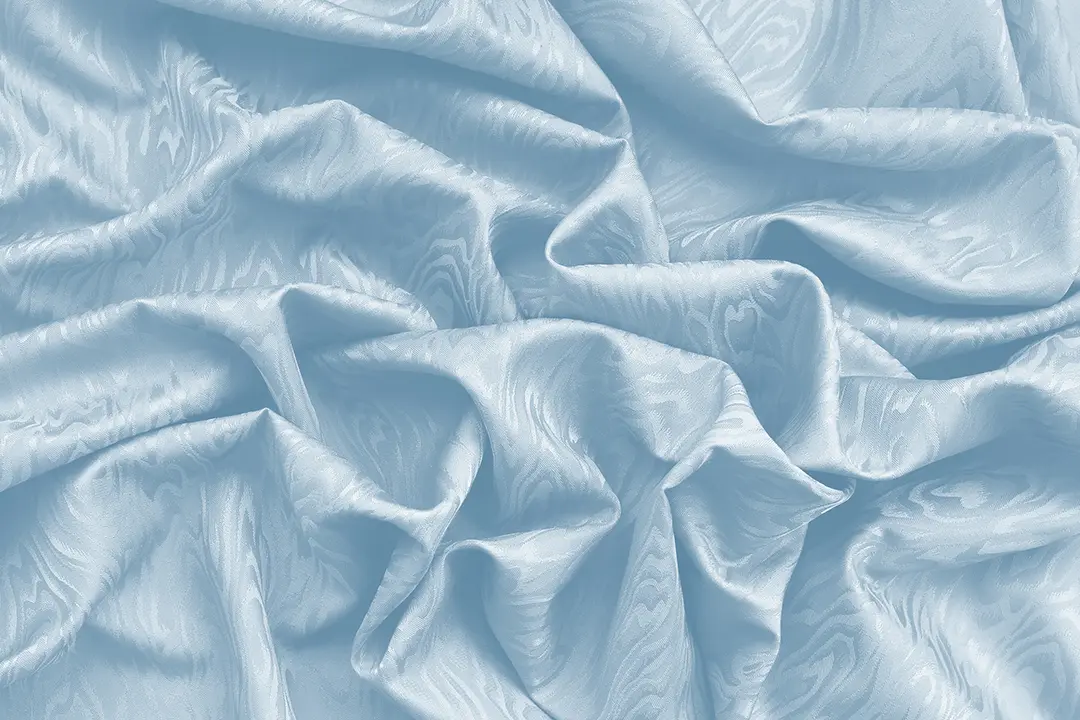What is Damask? A Guide to Reversible, Jacquard-Patterned Fabric
Greetings! If you’re curious about Damask fabric, you’re in luck. This article will give you all the information you need about this opulent material, including its background, distinctive features, and different uses.

Table of Contents
ToggleWhat is Damask?
Damask is a fabric that features reversible, jacquard-patterned designs. Unlike printed patterns, damask patterns are woven into the fabric using a combination of two weaving techniques: the design is woven using a satin weave, while the background is achieved through a plain, twill, or sateen weave. This unique weaving technique results in thick and heavy fabric with a lustrous shine.

History of Damask: From China to Europe
Damask has a rich history that dates back to ancient China around 300 B.C. However, it wasn’t until the early Middle Ages that damask became a major weaving technique in regions like Byzantine and the Middle East. The fabric is named after the city of Damascus, which was an important trading port on the Silk Road. Early medieval damasks were hand-woven in silk.
The fabric eventually made its way to Europe in the 14th century, where it was woven on Italian draw looms that allowed for the creation of patterns that regular looms couldn’t accommodate. Today, modern damasks are made using computerized Jacquard looms.

Characteristics of Damask Fabric: Durable, Patterned, and Reversible
Damask is a durable fabric with a tight weave that makes it ideal for use in clothing and home decor. The fabric’s patterns are created through a combination of weaving techniques, resulting in a reversible textile with a shiny finish. Some of the characteristics of damask fabric include:
• Thick and heavy: The tight weave results in a thick and heavy fabric that can withstand regular wear.
• Patterned: Damask is defined by its intricate patterns that are woven into the fabric.
• Reversible: The pattern is reflected on both sides of the fabric.
• Lustrous: The satin weave technique gives damask a shiny, lustrous finish.

Uses of Damask Fabric: Clothing, Home Decor, and More
Damask is a versatile fabric that can be used in a variety of ways. Some popular uses of damask include:
• Table linens: Damask is a popular choice for tablecloths, napkins, and table runners due to its durability and decorative patterns.
• Clothing: While not as lightweight as other fabrics, damask is often used to create structured clothing items like jackets and evening gowns.
• Accessories: Scarves and handbags made from damask are popular statement items due to the fabric’s beautiful patterns and density.
• Home decor: Damask is a staple in home decor due to its attractive patterns and durability. The fabric is often used for upholstery, curtains, and wallpaper.
Difference Between Damask and Brocade: Similar, Yet Different
While damask and brocade are both patterned fabrics woven on Jacquard looms, there are some key differences between the two. Brocade patterns are usually embossed and raised, while damask is flatter. Additionally, brocade is often made with metallic threads to create a shiny finish, while damask patterns are created through weaving techniques. Brocade is not reversible, while damask is. Damask patterns can be either single color or multi-colored, while brocade patterns are usually multi-colored.

Fabric Care Guide: How to Care for Damask
Damask fabric is a timeless and elegant material that can add a touch of sophistication to any outfit or home decor item. However, it’s important to care for it properly to ensure its longevity and beauty. In this guide, we’ll show you how to care for damask fabric, including the best cleaning methods and tips to avoid damage.
When it comes to caring for damask fabric, the instructions can vary depending on the type of fiber used. Here are some tips to help you care for your damask:
1. Check the care label: Before washing or cleaning your damask, always check the care label to see if there are any specific instructions or restrictions.
2. Dry clean silk damask: If your damask is made of silk, it’s best to take it to a professional dry cleaner to avoid damage.
3. Hand-wash or use a gentle cycle for cotton, linen, and synthetic damask: For damask made of cotton, linen, or synthetic fibers, you can hand-wash it or put it in the washing machine on a gentle cycle. However, be sure to use a mild detergent and avoid using bleach.
4. Use a mesh laundry bag: To prevent snags and damage, it’s a good idea to put your damask in a mesh laundry bag when washing it in the machine.
5. Dry clean structured damask garments: If you’re washing a structured damask garment like a blazer, it’s best to take it to a professional cleaner to avoid damaging its shape and internal structure.


